The five-episode HBO series, Chernobyl, brought to light one of the worst nuclear disasters in the history of the world.
However, there were a few other such nuclear disasters which occurred because of either faulty operation or maintenance at nuclear power plants and caused irreparable losses to human and animal populations.
1. Fukushima Daiichi, Japan
The meltdown at the Fukushima Daiichi Nuclear Plant on 11th March 2011, is one of the worst nuclear disasters in the world history. While it was classified as Level 5 on the seven-point International Nuclear Events Scale (INES), later it was escalated to Level 7 due to high amounts of radiations.
The accident which occurred following a huge earthquake and a 15-metre tsunami left over a million people displaced. While the number of direct deaths from the incident are estimated to be zero, around 1,600 people died due to stress and evacuation procedures.
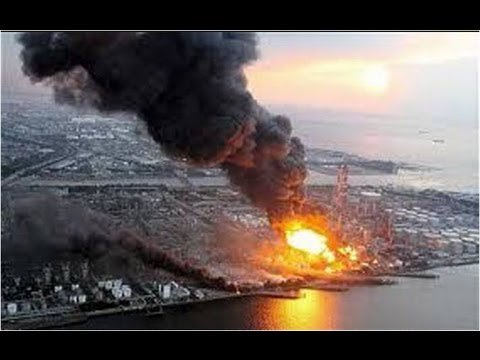
2. Chernobyl, Ukraine (former Soviet Union)
Considered as the world’s worst nuclear disaster till date and classified as Level 7 on INES, the nuclear accident at Chernobyl happened due to a sudden surge in power during a reactor system test in the Reactor No. 4.
It is estimated that approximately 2,00,000 people had to be relocated from their homes to escape the massive amounts of harmful radiations and 31 people died as a direct result of the accident.
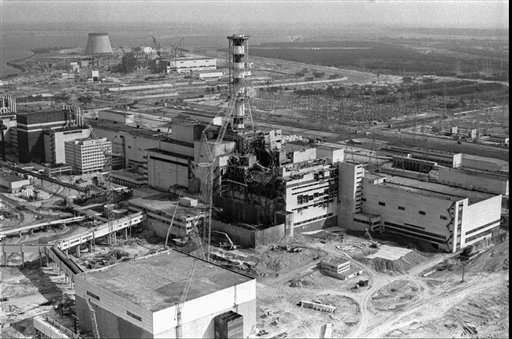
3. Three Mile Island, USA
The 1978 accident at the Three Mile Island nuclear power plant in Pennsylvania was the worst disaster in the history of US.
Although, the accident claimed no lives and released only little radioactive radiations, it did provoke an outcry over the country’s nuclear energy program.
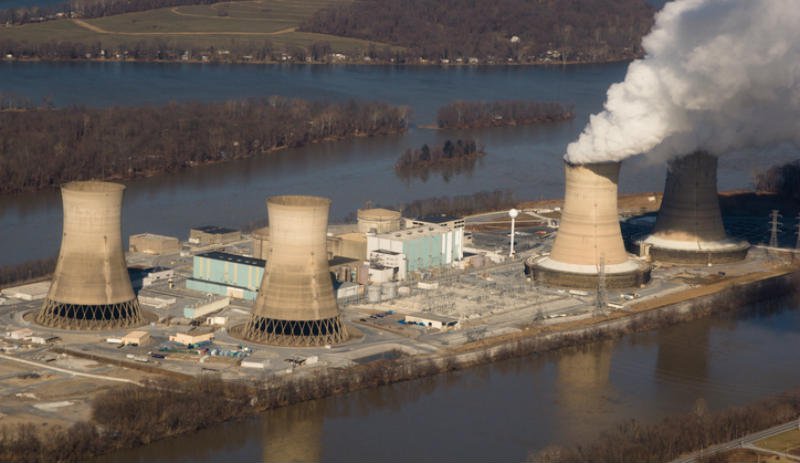
4. Mayak or Kyshtym, former Soviet Union
A fault in the cooling system at the nuclear complex near Chelyabinsk resulted in a chemical explosion in 1957 and the release of an estimated 70 to 80 tonnes of radioactive material into the air.
Thousands of people were exposed to radiation and were evacuated from their homes. Within a few days of the accident, 300 residents died of radiation poisoning. This accident was categorised as Level 6 on the seven-point International Nuclear Events Scale (INES).
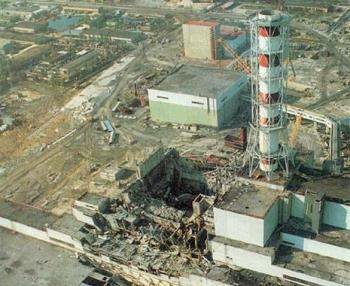
5. Windscale, UK
A fire in the graphite-core reactor at Cumbria in 1957 resulted in a limited release of radioactivity. The reactor was later buried in concrete.
Whereas no deaths have been directly linked to this accident, it did cause 200 cases of cancer in Britain. This accident was categorised as Level 5 on the seven-point International Nuclear Events Scale (INES).
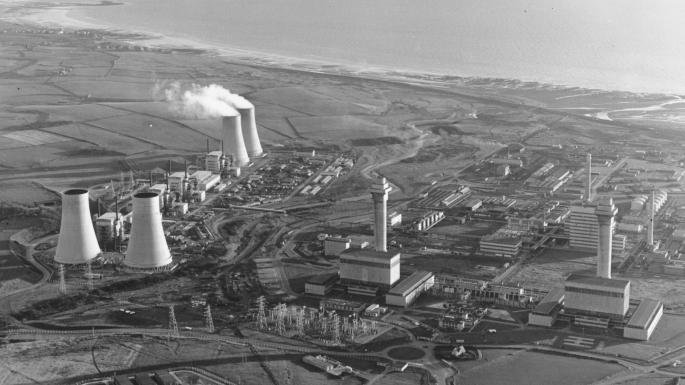
While these are the most serious ones, there are several others that weren’t classified highly on the nuclear scale.

















